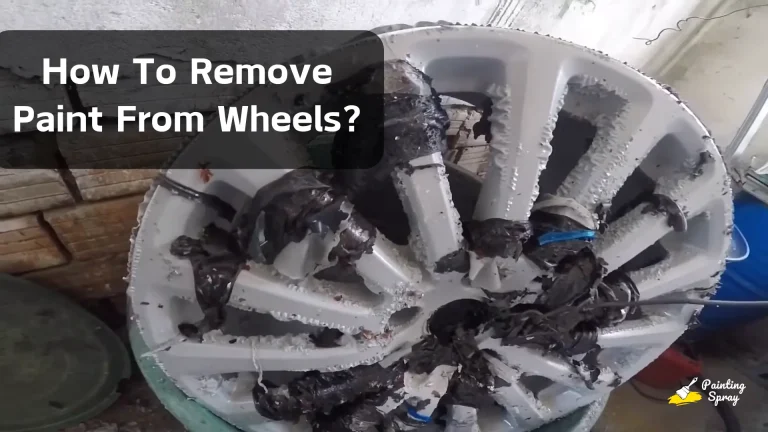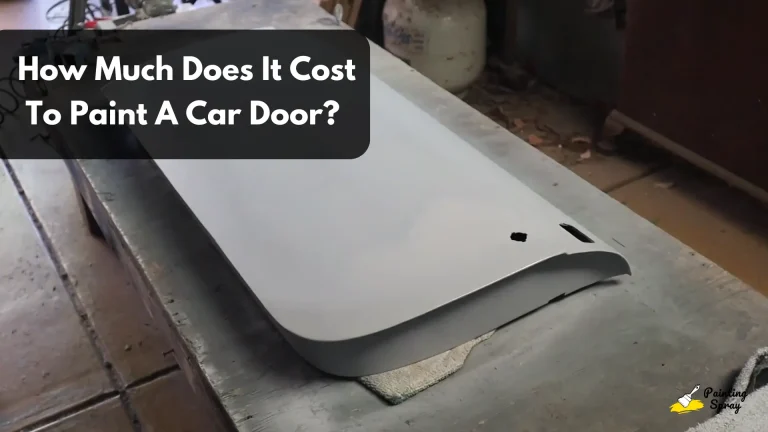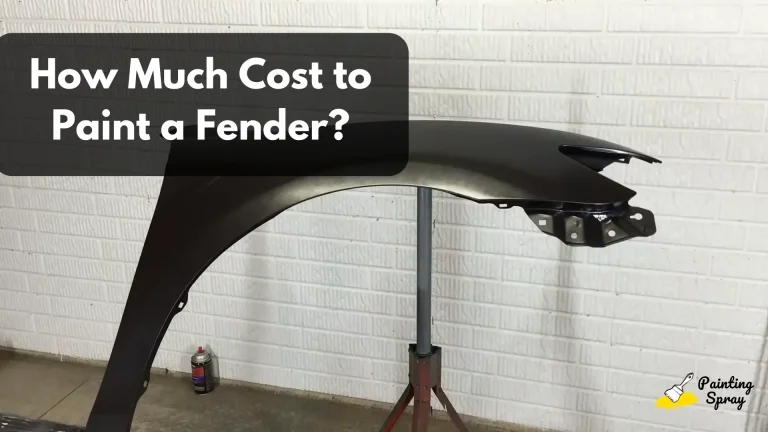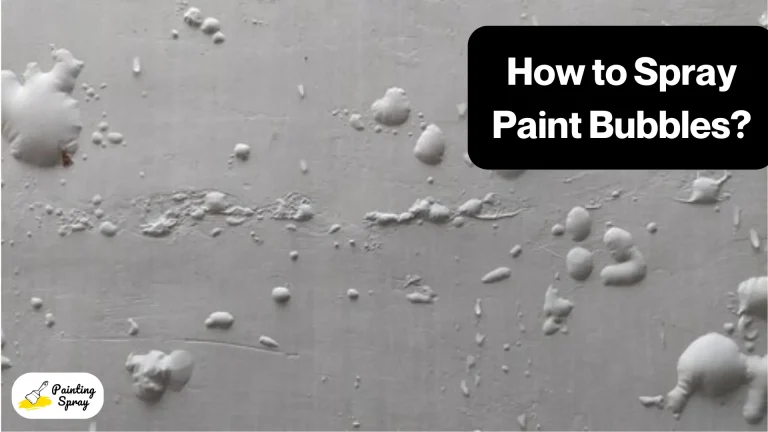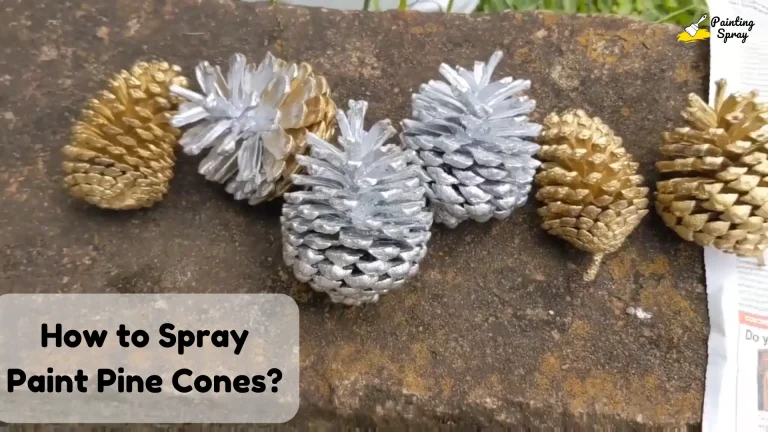How Much Paint Do I Need to Paint Cabinets? A Simple Guide to Calculate Your Needs

Painting your kitchen cabinets can dramatically change the look of your space. Before you dive into this project, it’s important to determine how much paint you’ll need. On average, you will require about one gallon of paint for every 150 square feet of cabinet surface area.
This estimate can help you avoid both running out of paint and wasting money on excess materials.
To calculate the exact amount, measure the surface area of your cabinets. Consider factors like the number of cabinets, doors, and drawers. Using a kitchen cabinet paint calculator can simplify this process and give you an accurate amount of paint needed for your cabinet painting project.
Choosing the right finish and type of paint is also key to achieving a professional look. With the correct preparation and paint quantity, you can ensure a smooth and lasting finish that enhances your kitchen’s aesthetics.
Determining the Amount of Paint
Knowing how much paint you need for your cabinets is crucial for a successful project. You must calculate the square footage, understand paint coverage, and consider using an online paint calculator to get accurate results.
Calculating Square Footage
To find out how much paint you need, start by calculating the square footage of your cabinets. Measure the height and width of each cabinet door and the body of the cabinets.
Formula to calculate square footage:
- Measure the height (in inches) and width (in inches).
- Multiply height by width for each door.
- Add the areas together for all doors and surfaces.
For example, a cabinet door measuring 30 inches by 20 inches has a square footage of 4.17 square feet (30 x 20 ÷ 144). If you have 10 doors, its total area would be about 41.67 square feet. Don’t forget to account for the cabinet frames or backs.
Understanding Paint Coverage
Next, understand that paint cans usually indicate how much area they cover. One gallon of paint typically covers about 350 to 400 square feet for a single coat.
If you plan to apply two coats, divide the total square footage by the coverage per gallon, and then multiply by two.
For example, if the total area is 70 square feet, you need about 0.2 gallons (70 ÷ 400). For two coats, this means you would need 0.4 gallons. Adjusting for waste or extra coats may help ensure full coverage.
Using an Online Paint Calculator
An online paint calculator can simplify your calculations. These tools allow you to enter the measurements and calculate the amount of paint based on your specific needs.
You typically input:
- The height and width of your cabinets
- The number of doors and drawers
- The desired number of coats
The calculator will provide a more accurate estimate of how much paint you need. Many brands, like Sherwin-Williams and Lowe’s, offer these calculators for convenience. This can reduce the risk of overspending on excess paint.
Preparing Your Cabinets
Before you start painting your cabinets, it’s essential to prepare them properly. This preparation helps ensure good paint adhesion and long-lasting results. Focusing on surface preparation and choosing the right primer will make a big difference in your painting project.
Surface Preparation
Start by removing all cabinet doors and hardware. This makes it easier to paint without any obstructions. Clean the surfaces thoroughly with a mixture of soap and water. For greasy spots, use a degreaser to ensure proper adhesion.
Next, sand the surfaces lightly with fine-grit sandpaper. This helps the paint stick better. Once you’ve sanded, wipe down the cabinets with a damp cloth to remove dust. If your cabinets have a glossy finish, consider using a liquid sander or deglosser.
After cleaning and sanding, inspect for any damages. Fill in any cracks or holes with wood filler, then sand those areas smooth once dry. Properly prepared surfaces enhance durability and paint finish.
Choosing the Right Primer
Selecting the right primer is crucial for cabinet painting. A high-quality primer improves adhesion and ensures an even finish. Choose a primer designed for the type of paint you plan to use.
If you’re painting over oil-based finishes, use a stain-blocking primer. For latex paints, a water-based primer works well. Applying primer also helps hide existing colors and defects.
Apply the primer evenly with a brush or roller, ensuring all areas are covered. Allow it to dry as per the manufacturer’s instructions. This is vital for achieving seamless paint adhesion. After priming, lightly sand the surface again before painting to enhance the finish.
Selecting the Appropriate Paint
Choosing the right paint is crucial for achieving a professional look on your cabinets.
You need to consider the types of paint available and the benefits of using high-quality options to ensure your project’s success.
Types of Paint for Cabinets
When selecting paint for cabinets, you typically have two main types: oil-based and water-based.
- Oil-Based Paint: This type offers excellent durability and a smooth finish. It adheres well to surfaces, making it a strong choice for cabinets that withstand daily use. However, it has a longer drying time and requires solvents for cleanup.
- Water-Based Paint: This option dries quickly and has lower levels of volatile organic compounds (VOCs), making it more environmentally friendly. Modern water-based paints often provide good adhesion and durability, although they may not be as hard as oil-based paints.
Additionally, consider using chalk paint for a matte finish or spray paint for even coverage. Each type has its benefits depending on your desired look and the best application method for your cabinets.
Advantages of High-Quality Paints
Using high-quality paint comes with several advantages. First, these paints often have better adhesion, meaning they stick well to cabinet surfaces and reduce the chance of peeling or chipping over time.
- Durability: Quality paints are designed to withstand wear and tear, making them ideal for high-traffic areas like kitchens. They resist moisture and can handle cleaning without fading.
- Finish Options: High-quality paints generally offer a wider range of finishes, from glossy to matte. This variety helps you match your cabinets to your overall kitchen design.
Investing in quality paint can lead to a smoother, longer-lasting finish, enhancing both the appearance and longevity of your cabinets.
Application Techniques
When painting cabinets, the method you choose can affect the look and durability of your finish. Understanding different application techniques helps you achieve a professional result, whether you are painting on your own or hiring someone.
Brush vs. Spray Application
Brush Application
Using a brush allows for precision in hard-to-reach areas. A high-quality brush is essential for even coverage. Apply the paint in smooth strokes, overlapping slightly to avoid streaks.
Make sure to choose the right type of brush based on your paint. For oil-based paints, use a natural bristle brush, while synthetic brushes work well for water-based paints.
Spray Application
Spraying provides a smooth, even coat, especially on large surfaces. You’ll need a paint sprayer and may require practice to master the technique. Ensure the area is well-prepared to avoid overspray.
Always wear a mask and goggles for safety, as fine particles can be harmful. This method can produce a professional finish, but it requires good surface preparation to minimize mess.
Professional Versus DIY Application
Professional Painters
Hiring a professional painter can save time and often deliver better results. Professionals have tools, techniques, and experience that can handle tricky surfaces and achieve an even finish.
They know the importance of surface preparation, such as sanding and priming, which is crucial for a long-lasting result.
DIY Application
If you choose to paint your cabinets yourself, preparation is key. Before applying any paint, clean the surfaces well. Use a primer suited for your cabinet material, whether wood or laminate.
This helps the paint adhere better. Take your time with each application layer. You may need more than one coat for full coverage, with light sanding in between to ensure a smooth surface.


